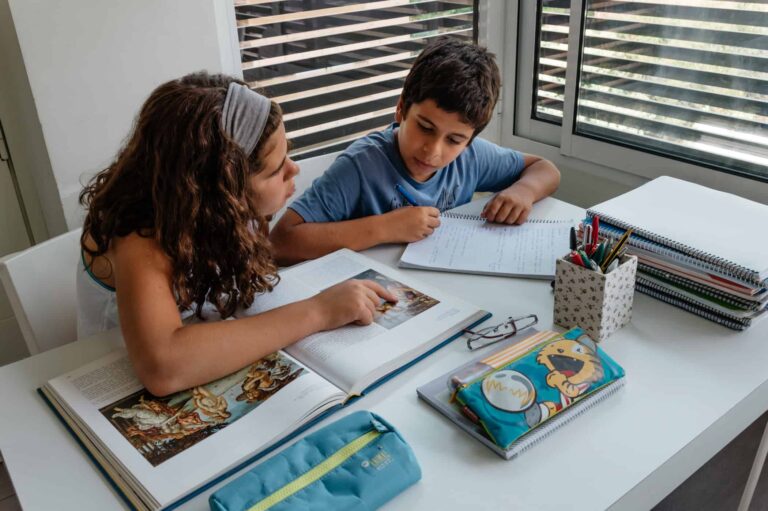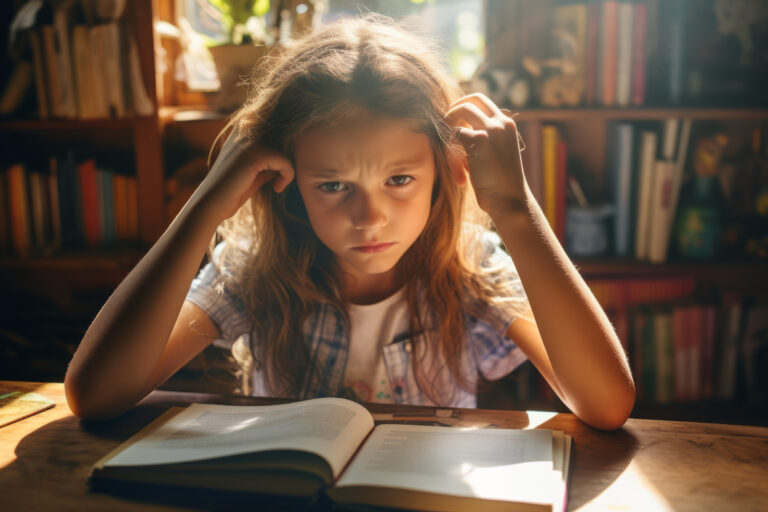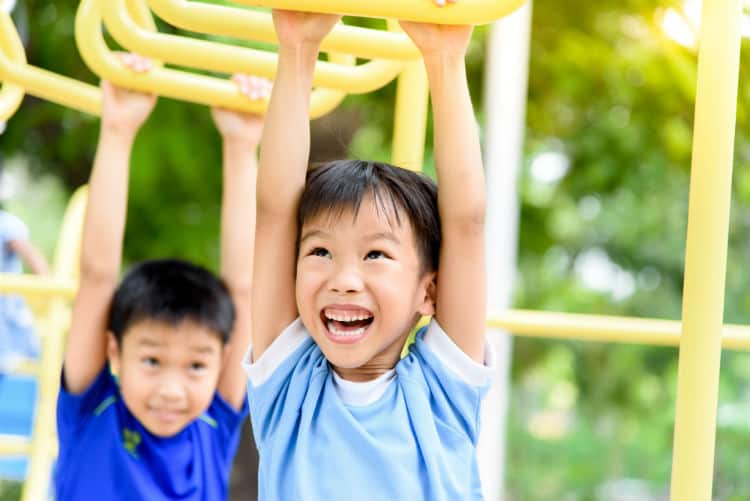Have you ever noticed your child gravitating to learning by hearing, seeing, or participating in hands-on activities? Although most children learn from a combination of the three, each child has a primary learning style.
Benefits of knowing your child’s learning style
When you discover your child’s primary learning method, it will:
- Help your child learn at home by providing optimal learning tools to help them learn.
- Make you a better advocate for your child at school if they find themselves struggling with a particular class or teacher.
- Provide optimal extracurricular activities from which to choose for their enjoyment and further development of their talents.
- Help your child learn in a way that aligns with the way they learn best.
Three learning styles
How does your child best absorb information? Do they love to hear it, read it, or physically get in touch with the things being learned?
Primary learning styles consist of the primary senses through which a child learns. Visual, auditory, and kinesthetic learning are perceivable by noting a child’s natural pull toward their best method of learning. What do visual, auditory, and kinesthetic learners need to succeed? How can parents assist them if they need help on their homework, or get frustrated with learning?
To help discover your child’s favorite learning method, look at what they like and what they are naturally drawn to. Here are some basics about the three primary learning styles, and how you can detect which is your child’s.
Visual learners — Show me so I can see it.
- Visual learners learn best by seeing.
- They have an excellent ability in the area of reading, so books are a visual learner’s friend.
- They enjoy art, painting, drawing, and making crafts.
- They have excellent memory of visually-learned information.
- They learn well in a traditional school setting.
- They are keenly aware of the world around them.
- They recognize people, places, and faces easily.
What to provide for visual learners
- Various subjects: Provide books, books, and more books
- Fun: Art supplies for their enjoyment
- Learning aides: Highlighters and flashcards
- Homework: Visual learners learn best in quiet non-distracting places to focus and learn
Auditory Learners — Tell me so I can hear it.
- Auditory learners learn best through their sense of hearing.
- They enjoy music, sounds, and songwriting.
- They are talented in instrumental and/or vocal music.
- They learn the words to songs easily.
- They are good listeners and follow verbal directions well.
- They have strong verbal skills, especially repeating words or phrases they have heard previously.
- They enjoy reading aloud or being read to by others.
- They learn best when concepts are read and explained out loud.
- They learn more when their teacher explains concepts than they do by reading about concepts.
What to provide for auditory learners
- Extracurricular activities: Provide music lessons, and have a variety of musical instruments in the home.
- Homework: Encourage your child to say things out loud when studying them. Record them reading their lesson out loud so they can listen to it and learn by hearing it repeatedly.
- Spelling: To learn to spell, encourage your child to say the letters that make up each word.
- New concepts: When your child is stumped on a new concept, start a conversation about it and let your child work through the logic of the problem by talking with you about it.
- Memory work: Create songs to help your child memorize concepts.
Kinesthetic Learners —Hand it to me so I can experience it.
- Kinesthetic learners learn best by touching things and moving them around.
- Kinesthetic is the most physical learning style.
- They enjoy hands-on learning such as building with things like Legos, clay, or interactive children’s museums.
- They often have good coordination, and are talented at sports or other physical activities.
What to provide for kinesthetic learners
- Math: When practicing math facts, use hands-on blocks, math manipulatives, hand clapping, and rhythmic motions to help your child learn.
- Spelling: Provide letters to create spelling words on your refrigerator.
- Writing: Provide textured paper for writing.
- Homework: Exchange the sterile homework desk for a stand-up desk, sitting on an exercise ball, or riding a stationary bike while doing homework. Encourage breaks where fun physical exercise provides a nice contrast to homework.
At Read Smart, we understand your child’s reading skills affect his or her entire academic and professional life. That’s why we’ve created a unique program that helps them get ahead and stay ahead.
Our highly-qualified teachers are equipped to meet the needs of all learning styles by incorporating different styles and techniques into the program. Call Read Smart and get a free reading evaluation today.





